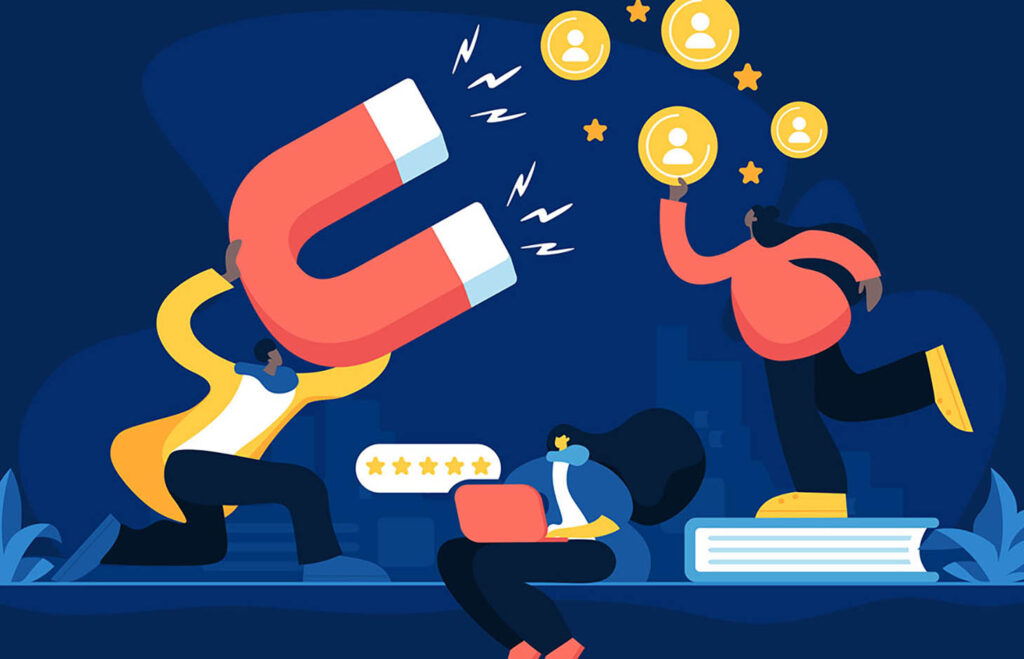Smart home platform Wink recently gave users just a week’s notice that its previously free subscription service would now cost $4.99/month.
The announcement left customers reeling. Failure to pay the monthly fee would remove features like app access, voice control, and automation of all a user’s Wink devices. For some users, it was enough to accuse Wink of extortion.
Despite the citation of “recent economic events” as a catalyst for the change, the company likely had other driving factors. Previously, device sales were the business’s only source of income. And it wasn’t enough. A 2019 report by The Verge revealed staffers hadn’t been paid in seven weeks. And according to Wink, staying operational meant choosing between charging subscribers or selling user information.
How many of Wink’s 4 million connected devices will convert to paid accounts is uncertain, but this forced free-to-paid migration scenario brings up important questions. What risks did Wink weigh to make this decision? How many users does it expect to retain?
And, most importantly, will the decision generate enough revenue to save the business?
Freemium strategy and retention: a critical combo for growth
In stark contrast to Wink’s plight, many SaaS businesses are scrambling to solve a different challenge right now: skyrocketing demand.
In April, B2B customer voice platform TrustRadius reported an increase in impressions since the COVID-19 pandemic began in software categories like webinar (up 226%), remote desktop (281%), antivirus (357%), mobile app development (366%), electronic signature (511%), and telemedicine (613%).
For a lot of SaaS businesses in these categories and more, widespread digital transformation has brought unprecedented free account signups. Droves of shoppers have entered the market looking for the best remote-work tools. And today, testing out free trials and freemium subscriptions are expected parts of the buying process.
We’ve covered the freemium pricing strategy before: one that gives users access to software for free, generating revenue from add-ons or upgrades initiated by users based on their needs. The current atmosphere has lowered customer acquisition costs for many SaaS businesses using a freemium model.
However, loads of free signups aren’t enough, as Wink has demonstrated. Offering free software only helps businesses as part of a wider strategy aimed at eventually converting free users to paid accounts. For businesses looking to harness this surge and grow in the months to come, upgrades to paid subscriptions are key.
So, how can you effectively transition a new base of freemium customers into long-term, paying customers? The difference is in intentional design.
Designing an effective freemium strategy
Not every free user needs to convert to a paid account for a SaaS business to be successful. However, if there are users who’d benefit from upgrading, there are ways to make sure they know it and find it easy to do so. That way, everyone wins. Here’s how to set up customers and your SaaS business for success. We’ll also cover a few freemium pricing strategy examples.
Assess your SaaS product offerings.
Wink took a necessary risk by forcing all its free users into paid subscriptions, but what other options might it have explored sooner?
Added functionality for a premium may have saved the business if implemented at the first sign of financial trouble. Or perhaps requiring a paid subscription with new device roll-outs would have helped.
Investigate your own model for these potential blind spots. If you’re supporting hundreds or even thousands of users or devices without paid subscriptions, that can start to drain resources like customer support. Consider as many possible risks to a strategy change as you can and what changes to onboarding, support, and other customer-facing aspects can help mitigate them.
While the free version of your product absolutely should stand on its own, what desirable functions or features could potentially be added or moved behind a paywall?
Business sale solution ExitAdviser converts 40% of its free-trial customers into premium package accounts by limiting options to set up a business sale listing.
“With free trials, the key tactic is to figure out the functionality that will add the most value for the customer, then set limitations accordingly,” Co-founder and CTO Armin Laidre explains.
Attract customers with a great product, and get them to upgrade for features they don’t want to live without.
Use a product-led growth strategy.
Freemium strategy is the grandfather of product-led growth strategy.
“If you’ve used Slack or Dropbox, you’ve witnessed the power of Product-Led Growth first-hand,” product-led growth pioneer and author Wes Bush explains.
Users sign up for a free account, and find the product useful enough to upgrade for increased features, storage space, users, access, etc.
A major goal of product-led growth is end-user recommendation. Increasingly, end-users are informing their leadership about what software best meets their needs; it’s time to leverage that.
Fortunately, our current atmosphere lends itself to working on improving products. If you’re not sure whether or where you’re falling short, use surveys and polls to ask for feedback. Check your user community and/or social media pages for common issues or requests. Pull data from customer support to hone in on areas of improvement.
Aim for user loyalty through positive experience. And, while product-led growth is product-centered, don’t ignore other aspects that impact the customer experience. Marketing, sales, and customer support all leave lasting impressions on users. Hopefully enough to get them to pay.
Identify your upgrade trigger.
Most SaaS businesses are aware of their critical event, or ‘wow’ moment. This is when users have successfully used a product for its intended purpose, like completing a rideshare ride or hosting a video meeting. This moment, and its success, is key to retention.
If you’ve identified your critical event, you can also identify the best event to trigger an upgrade. According to HubSpot, some common triggers are feature limitations, usage quotas, and limited support.
WordPress plugins, for example, allows users to click buttons for advanced features which open a pop-up offering access if the user upgrades their account. Dropbox uses data storage limits, and Mailchimp offers phone support only to Premium plan customers.
Effective freemium strategies are different than free trials, where free access ends after a set time. Rather, the choice to upgrade should be the customer’s, and based on their need for more advanced features, access, or support. A few upsell techniques can help you leverage this strategy for success.
The future of subscription growth strategy
We’re hurtling faster than ever into an increasingly automated world. To keep up, subscription businesses need to automate their own operations and processes or risk being outpaced by more agile competition. Ease of access, usage, and upgrading benefits will be key factors in customer purchasing decisions.
Right now is the time to identify and address areas for growth and digital transformation. By setting clear goals and selecting the right processes and product offerings, you can convert freemium accounts to paid subscriptions and boost recurring revenue.








